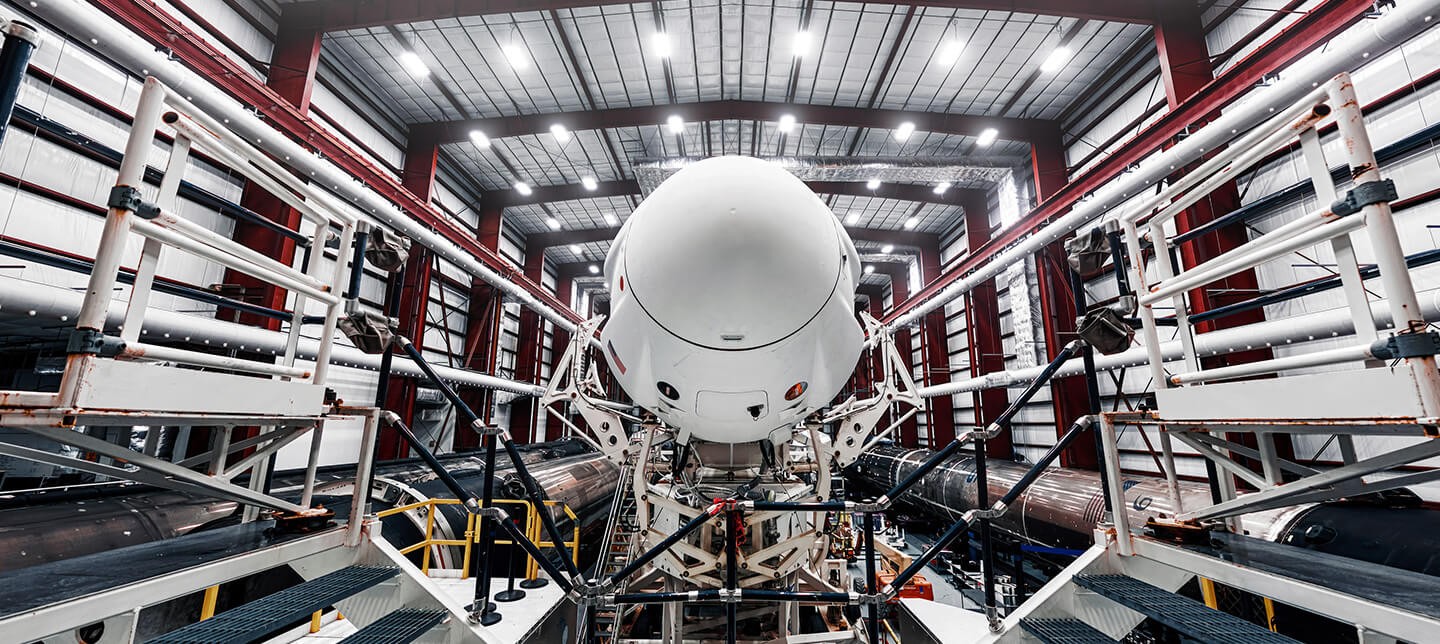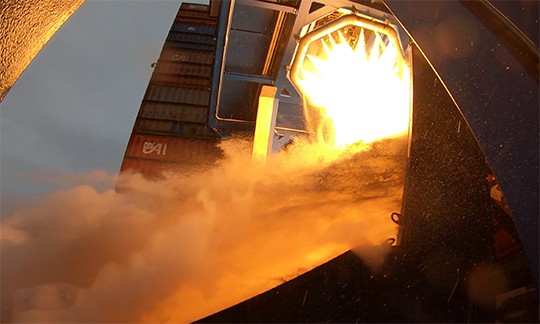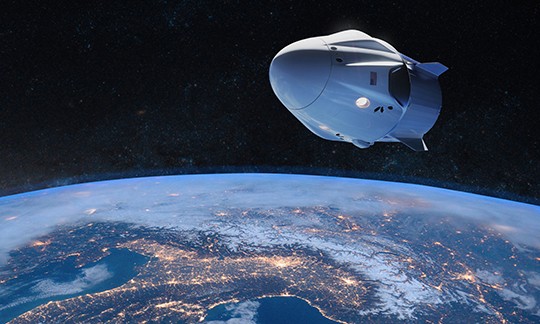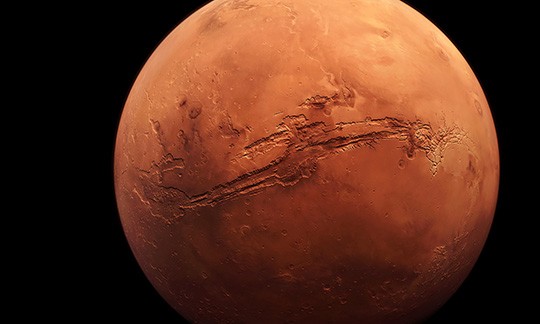
5 Next-Generation Space Technologies Being Tested Today
CUSTOMER STORY
SPACE LAUNCH AND EXPLORATION | 5 MINUTE READ
New space technology aims to lower costs & expand access to orbit & beyond. Learn about these innovations & the role of test in getting them flight ready.
It’s an exciting time for space enthusiasts: NASA’s initiative to send humans back to the moon is well underway with the Artemis program, there are rockets in development to ferry people to Mars, satellite constellations are bringing Internet connectivity to far-flung corners of the world, and space tourism has finally gotten off the ground, albeit at a high price point. Historic achievements are ahead for satellites, space probes, and crewed missions, and engineering innovations are key to making them a reality.
Future space technologies will include advancements in manufacturing, materials science, propulsion, and artificial intelligence to expand our capabilities in earth orbit and on interplanetary missions. Aerospace test engineers are at the forefront of these developments, tasked with ensuring components and systems are safe and reliable. During development, they must validate that technology works as expected, and they also must validate specific components that will be sent to space. Many teams are supported by NI hardware and software. Keep reading to learn about cutting-edge rocket, satellite, and spacecraft technology under test around the world.
New Space Technology
Progress in space is largely reliant on technology that lowers costs while maintaining or improving upon reliability and safety. These new space technologies include the following examples:
1. 3D Printed Components
Manufacturing launch vehicles and satellites requires precise engineering and can be a lengthy, expensive process. NASA and Relativity Space, a private company, worked together to 3D print rocket engine components using a copper-based alloy called GRCop-42. According to NASA, “These processes improved the performance, while significantly reducing weight and costs of thrust chamber components.” The 3D printed parts were used in the March 2023 launch of the Terran 1 rocket, and this approach to fabrication is likely to figure into future space missions. Test engineers will need to confirm these components meet the same standards as those manufactured by more traditional means before they can enter regular use.
2. Reusable Launch Vehicles
A core achievement of the Space Shuttle program was demonstrating the viability of a reusable orbiter and solid rocket boosters (SRBs). The race is on to make reusability a standard feature of launch vehicles to reduce manufacturing costs. SpaceX has made great strides with their pioneering Falcon 9 rocket, which returns to Earth for a vertical landing near the launch site. Blue Origin intends for most of their New Shepard system to be reusable. Rockets must be reliable and relatively easy to maintain to make reusability safe. Engineers must test for issues that could expose payloads or crews to danger during design and validation as well as the operational lifetime of the hardware, where worn or damaged parts could have devastating consequences.
3. Smart Propulsion
Satellites often use hazardous chemicals like hydrazine to provide thrust in orbit. This usage can expose ground-based technicians to risk while pollutants could enter the environment if the rocket fails. There’s a movement to use more environmentally friendly propellants, with several options being considered. According to a NASA document, these include systems based on “green” ionic liquids like LMP-103S, a blend of Ammonium Dinitramide (ADN), or ASCENT, a blend of Hydroxylammonium Nitrate (HAN). Alternatively, electric propulsion has already been utilized by companies like Northrop Grumman and makes more efficient use of fuel than traditional sources. Engineers must exhaustively test propulsion systems as reliable operation is essential to a satellite or crewed craft’s ability to maneuver in space.
4. Artificial Intelligence
While sentient spacecraft are still very much in the realm of science fiction, AI can help with many problems that accompany spaceflight. The European Space Agency (ESA) notes several possible uses for AI, including helping constellations of satellites avoid collisions, analyzing large amounts of data, and enabling rovers or probes to operate autonomously when human input can be minutes or hours away because of their distance from Earth. Just as with physical components, AI software must be extensively tested before being uploaded and sent off-world, especially if it’s responsible for the safety of astronauts.
5. Nanotechnology
The heavier the payload, the more energy it takes to send a rocket to space. That bigger energy need translates to higher launch costs for larger satellites and space probes. Hence the appeal of nanotechnology, a branch of engineering that aims to dramatically shrink the size of electronic components like microchips and sensors. When the “brains” of the spacecraft are lighter, it costs less to get it into orbit or beyond. SmallSats, short for “small satellites,” are already popular for this reason. CubeSats, a subset within the class, are often no larger than 10x10x10 cms—so small you could hold one in your hand. Their diminutive size makes it more affordable to send a CubeSat—or entire fleets of them—into space. This technology has expanded access to low earth orbit (LEO) for companies and research institutions unable to foot the costs of a traditional launch. Lower costs aren’t the only benefit of working with nanotechnology, as manufacturing at ever-smaller scales can pack more processing power onto a chip or sensor. The Microdevices Laboratory at NASA’s Jet Propulsion Laboratory is tasked with pushing the nanotech envelope for space applications. Such cutting-edge research results in real hardware that needs to be tested by engineers before it can be cleared for flight.
How NI Supports Next-Generation Space Technology
NI’s Space Launch and Exploration solutions help engineering teams test launch vehicle and satellite hardware and systems. Our expertise encompasses avionics, communications, propulsion, structural systems, satellite bus components, payloads, and system assembly, integration, and test.
As the space economy matures, the pressure on aerospace test engineers to meet tight deadlines is likely to increase. NI’s flexible hardware and software is designed for easy integration into existing test architectures. NI tools are used by countless agencies and companies including NASA, Northrop Grumman, and Rocket Factory Augsburg and will undoubtedly be a part of making sure new space technology is flight ready in years to come.



